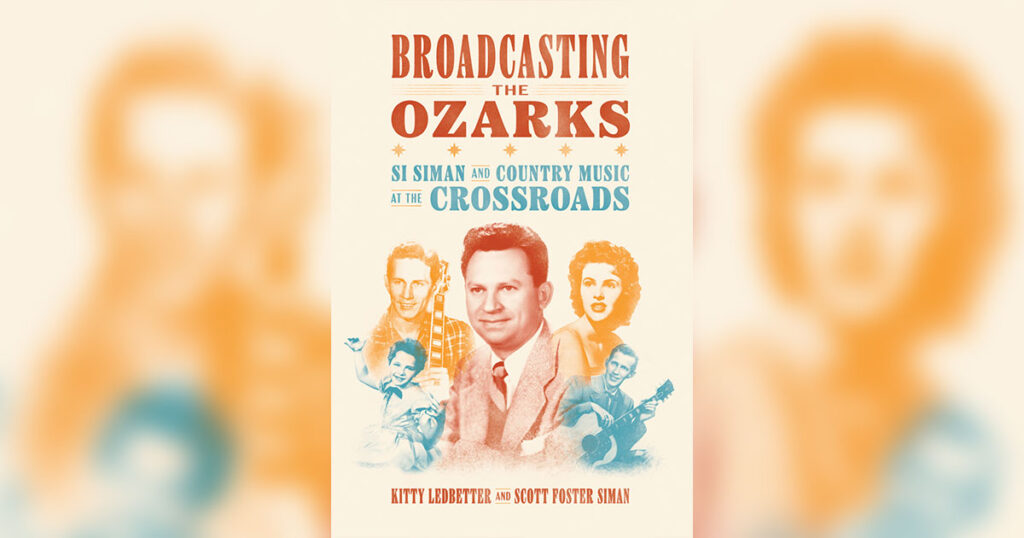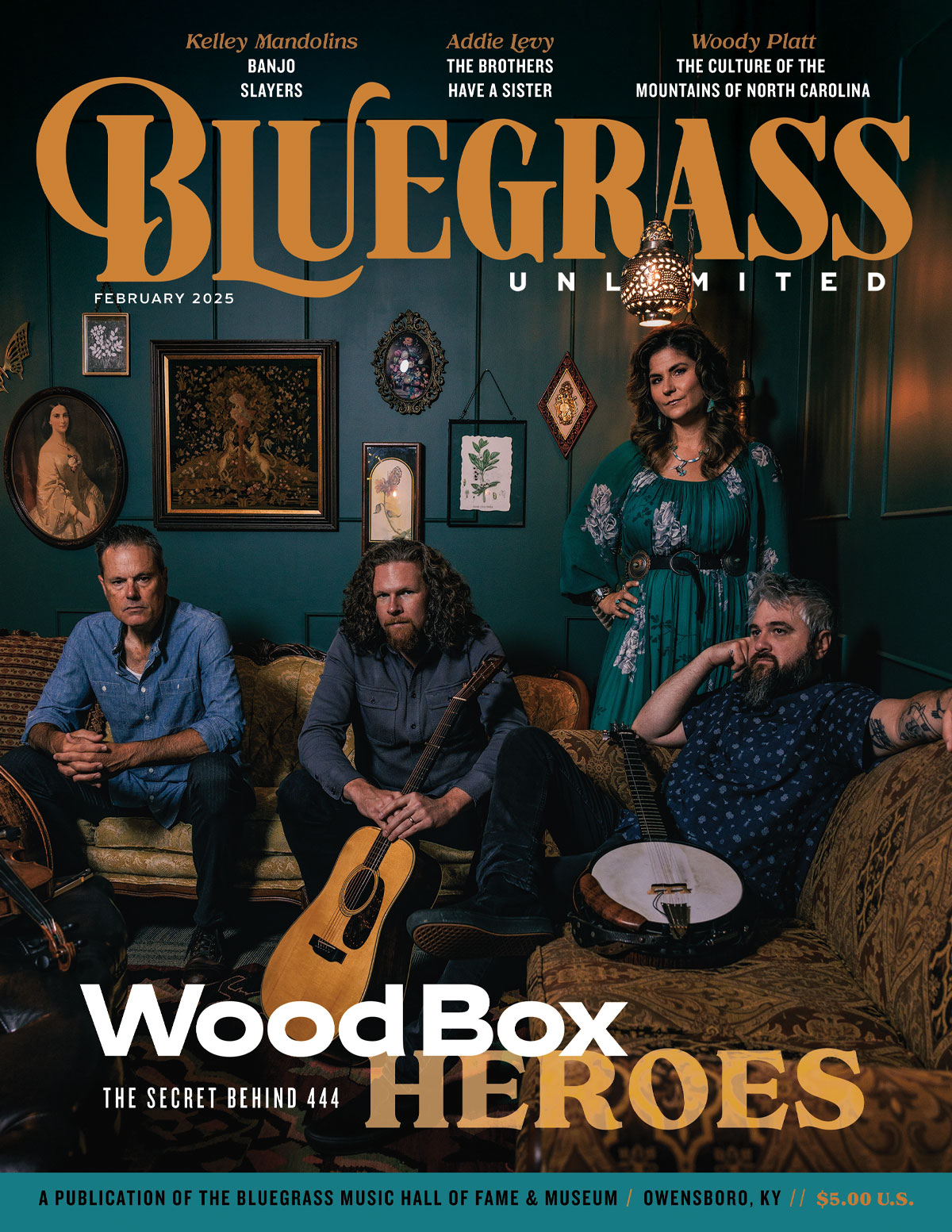Broadcasting the Ozarks—Si Siman and Country Music at the Crossroads
Before the music that we know as “bluegrass” gained its moniker, the early country, mountain, and rural music of the 193os through the 1950s was often referred to as “hillbilly music.” Historians tracing the growth in prominence and popularity of this music will typically discuss early “Barn Dance” radio programs such as The Grand Ole Opry out of Nashville, Tennessee; The Wheeling Jamboree out of Wheeling, West Virginia; The National Barn Dance out of Chicago, Illinois; The Renfro Valley Barn Dance out of Renfro Valley, Kentucky and the Louisiana Hayride out of Shreveport, Louisiana. However, a little known, and often omitted, hub of early country music was centered in Springfield, Missouri.
In her new book, Broadcasting the Ozarks—Si Siman and Country Music at the Crossroads, Kitty Leadbetter (the wife of Bluegrass Hall of Fame member Alan Munde) does an outstanding job of tracing the history of country music in the Ozarks, starting with the early radio programs and bringing well deserved attention to the prominence of ABC’s Ozark Jubilee (1955-1960)—the first continuously running live country music show on network television—and its producer Si Siman. During those years, Springfield, Missouri was a rival to Nashville, Tennessee as the recognized center of country music.
Leadbetter begins the story of country music in the Ozarks by first presenting a chapter-long biography of Si Siman. From there she addresses the early years of country radio in Springfield, Missouri, discussing the prominent station (KWTO), the men involved with its founding and the artists who performed there, including Tennessee Ernie Ford, Smiley Burnette, Chet Atkins, Homer and Jethro, The Carter Family with Chet Atkins and Porter Wagoner. She then tells the story of how Si Siman became involved with the station after leaving the Navy (January 1946) and his work with the Radio Ozark transcribed radio show and the Korn’s-a-Krackin’ broadcast.
With the blossoming popularity of network television in the 1950s, Si Siman and his KWTO colleagues positioned themselves to produce and broadcast a network television show out of Springfield titled the Ozark Jubilee. Early stars of the show included Red Foley (host), Grady Martin, Hawkshaw Hawkins, Porter Wagoner and Jean Shepard and top-notch supporting musicians such as fiddler Tommy Jackson and steel guitarist Bud Isaacs. The nationally televised premiere of the Ozark Jubilee aired on ABC-TV on January 22nd, 1955 and became tremendously popular and many of country music’s top performers appeared on the program, including Billy Walker, Jim Ed Brown and his sisters Maxine and Bonnie, Wanda Jackson, Brenda Lee, Patsy Cline, Gene Autry, Tex Ritter, Ernest Tubb and many more.
Although this new book about the country music scene in Springfield, Missouri (from the 1930s through the 196os) does not have a lot of direct connection to bluegrass music and its stars, I found it a very interesting and informative read for anyone who is interested in early country and string band music, early radio and early television. The details that are given about the business of early radio and television are fascinating and the stories about the radio and television music stars of the day are equally as captivating.
This is a very well researched and well written book that will be of interest to anyone who enjoys reading about the history of music in rural America.

